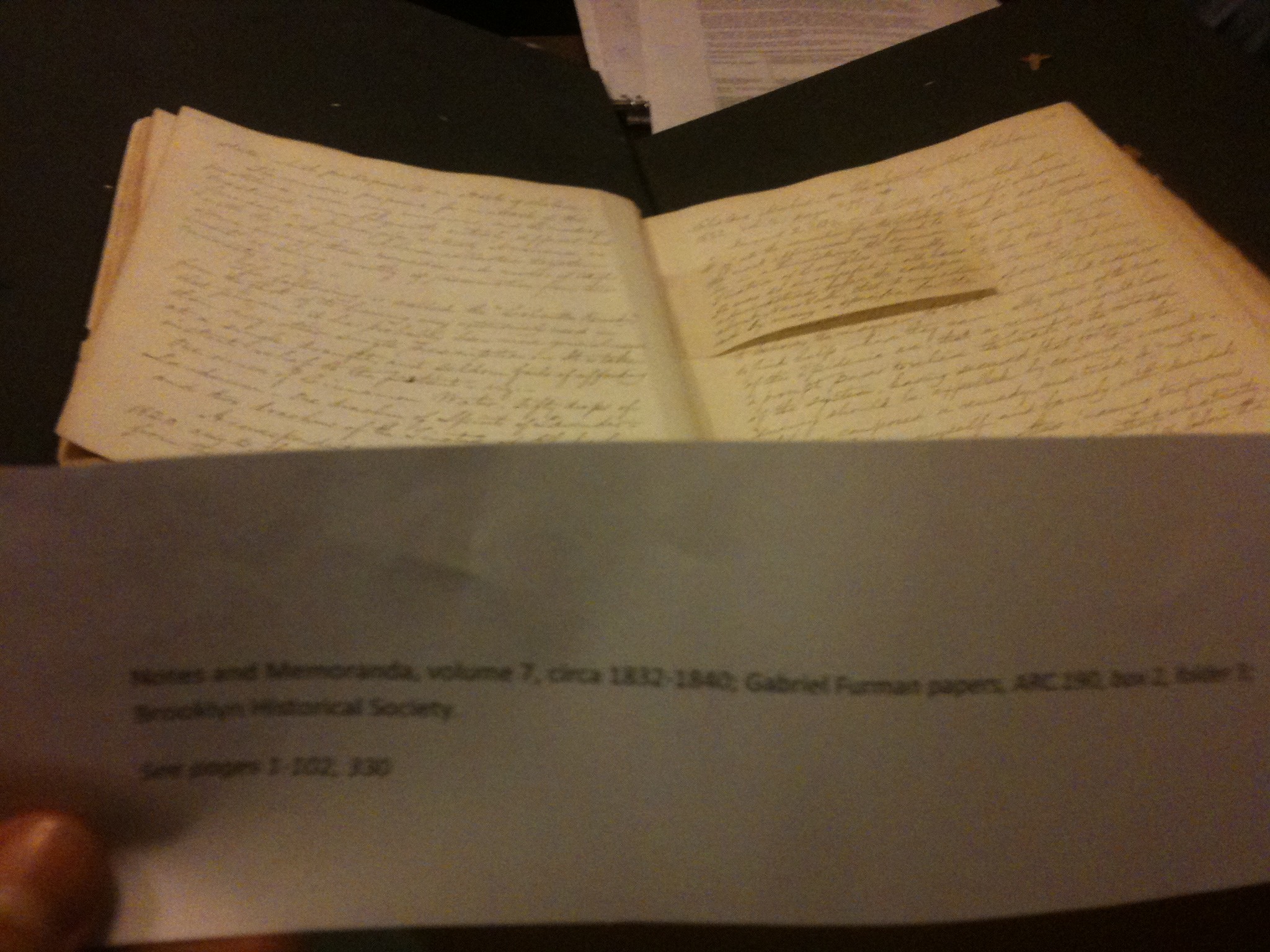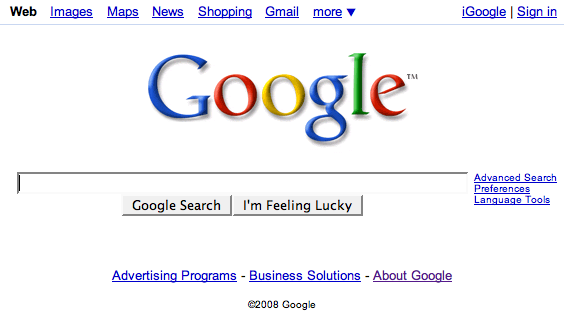This semester we began to look at how hazards to human life, primarily fire and disease. We used primary sources to see how Brooklyn expanded from a small shore side community and farmland into a dense urban center. By examining these documents at the Brooklyn historical society I found many congruences and distinctions between modern social interactions and past communications. The most common form of interaction for these people was written letters and printed text. All of this communication was physical, it could be preserved but losses its integrity over time.

Gabriel Furmans Ordered journals
We can preserve our present easily in comparison. The use of digital media means we can archive almost any form of modern media, on a digital platform. Beginning to set up archive servers with redundant internet sharing would allow this information to be well protected. It is also relatively efficient and will only improve; a new common hard drive size 1 terabyte has a considerable ability to store information. “Consider this, one page of text takes approximately 2 kilobytes, giving you 500 pages for a megabyte, and 500,000 pages for a gigabyte, and 500,000,000 pages on a terabyte; this is about 1,000,000 big books. meaning that you could possibly have a million books in a hard drive smaller then most text books.” Archiving Today post. This excerpt from one of my blog post expresses a baseline amount of information storage available on the standard memory types. potentially the whole BHS could be onone hard drive that fits in your pocket.
I believe it is moral obligation for a previous generation to leave information regarding how things were for later generations. the existence of the internet means that these archive could potentially be available to anybody. For an archive to exist there needs to be people there willing an able to provide there information and there active participation to save it. The BHS was set up and organized by people several generations ago, with the intention that some of there time may survive, and somebody else would be able to see how they lived in the future.
Modern technology means we can expand what we commonly archive; we should archive everything. It would be easy for us to begin to back up digital news papers, news broadcasts, individual blog posts and real video accounts from YouTube and other means. This information would also need to available to anybody, with that could come a portions of interactivity and shared experience. With peoples active participation, post new achievable information of significance, and there responses to the information available would become a resource on its own.
The BHS was very limited in comparison to these modern methods of data storage but you can go back in time and give them computers so we will have to see how they lived with there technology. Imagine 50 to 100 years from now, when some student write about archiving and says that reading text is limited, when you can just beam information into your mind. I’m not saying this would ever happen but we should take an example from our past, we should save and document. Without documentation knowledge dies with its holder. the baseline level of expected knowledge is always changing, the availability of information is impressive; the ability to go online and do a “Google search” is remarkable. With out it I would not know nearly as much as a I do today.
A notable document from the BHS where the Gabriel Furman documents, they illustrated how much a little bit of participation could document. These condensed journals chronicle his time, “His first accounts where about disease, about how many had died, over 1500 in twenty days of a population of 15000. he offers another note about a cure for the disease from Calcutta, this cure called fore Cinnamon, 50 drops of laudanum (liquid opium), apparently this remedy was quite successful. He also reported that about other outbreaks around the world, even as far a St Petersburg. Having only read a few pages, I could imagine that the whole book must have a very large sum of important historical information.” Gabriel Furman Journals post. Doing so he attempted to document his life, be expressing what was going on around him. He does this methodically, his meticulously written journals account for so much surprisingly lacking mistakes; he accomplished his goals and we can still learn from him today. This shows how you can document peoples lives even 100 years ago.
The major limitations to modern technology is its dependence on both electricity, and insecure. You can’t discretely change a physical document, but somebody could theoretically hack and change most computer documents; just like real documents can be burned, and fade, a virus could corrupt that data permanently. there has always been a degradation of information and quality over time. We could devise redundancies into out system. By developing these methods we could minimize the risk of information loss. to imply that a computer file is fool proof would be a misleading. the technology can save a lot of information, but a failure could destroy this information archive in a heart beat.
Over all I would suggest that we continue to archive, I believe it is vital to understanding our past. Without it we wouldn’t understand the way people lived, its curious how people have always tried to record information for the future, how much we know about ancient civilizations that we found literally carved in stone. This desire to leave your mark, is so common, everyone wants a legacy. There is always something to investigate and learn from other people and what they leave behind is all we can study when there gone. By decoding the past we learn what to avoid in the future, we try to avoid the pitfalls of previous generations only to develop our own; perhaps one day others will learn from this post, and decide to further there archival desires.
Venture, Paris. “Archiving Today.” Open Lab Blog Post (2011). Print. Archiving Today post
Venture, Paris. “Gabriel Furman Document.” Open Lab Blog Post (2011) . Print. Gabriel Furman post





